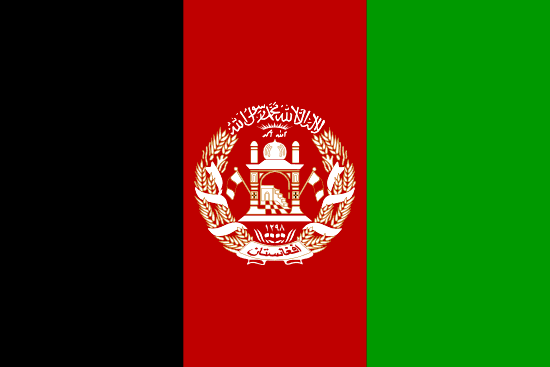"با خدا و با وطن | With God and with the homeland"
About:
Kabul, the capital of Afghanistan, has a history dating back over 3,500 years. It was a major center of Zoroastrianism and Buddhism before Islam's arrival in the 7th century. The city was frequently contested due to its strategic location, including by the Mongols, Mughals, and British. In the 20th century, Kabul modernized but suffered from the Soviet invasion, civil war, and Taliban rule. Since 2001, it has been rebuilding amidst ongoing conflict.
When to visit:
Kabul, the capital city of Afghanistan, experiences extreme weather conditions throughout the year. The best time to visit Kabul for a holiday is during the spring season, from March to May, when the weather is mild and pleasant. During this time, you can enjoy the blooming flowers, clear skies, and moderate temperatures, making it ideal for exploring the city's rich culture and history. It is advisable to avoid visiting Kabul during the winter months, as temperatures drop significantly and snowfall is common, which may limit your ability to fully experience all that the city has to offer.
When to avoid:
Traveling to Kabul on a holiday is generally not recommended during the winter months of December to February due to harsh weather conditions. The city experiences cold temperatures, heavy snowfall, and potential disruptions in transportation during this time. Sightseeing and outdoor activities may be limited, and some attractions and services may be closed or operate on reduced schedules. Travelers are advised to plan their visit during the milder months of spring or autumn for a more enjoyable experience in Kabul.
Winter (Dec-Feb)
Winter in Kabul, Afghanistan, typically from December to February, is the coldest and wettest part of the year. Temperatures often plunge to -10°C, with heavy snowfall common, particularly in January. The city receives an average of 3.8 inches of precipitation during this period. Sunlight is limited due to frequent cloud cover, with daylight hours ranging from 10-11 hours. For a visitor, an average day might involve navigating snow-covered streets, with cold and cloudy conditions persisting throughout the day. Warm clothing is essential.
"Kabul Summer (June-August)"
In Kabul, Afghanistan, the warmest part of the year typically spans from June to August, when the summer season is in full swing. During this time, the average high temperature ranges from 30 to 33 degrees Celsius (86 to 91 degrees Fahrenheit), while the average low temperature ranges from 15 to 18 degrees Celsius (59 to 64 degrees Fahrenheit).
Rainfall is minimal during these months, with June being the driest month of the year. In fact, the total summer rainfall in Kabul rarely exceeds 10mm.
The city experiences long hours of sunlight, with an average of 14 to 15 hours of daylight per day. This makes it a great time for outdoor activities and sightseeing.
Humidity levels are generally low, falling around 30-40%, contributing to the relatively dry heat.
Cloudiness is also minimal during this time, with clear or mostly clear conditions prevailing, resulting in bright and sunny days.
A typical day for a visitor in Kabul during the summer would start with a mild morning, quickly warming up to hot conditions in the afternoon. The heat, coupled with the low humidity, could feel intense, especially under direct sunlight. However, the lack of rainfall and cloudiness ensures uninterrupted outdoor activities and exploration. Evenings tend to be comfortably cool, offering a pleasant respite from the daytime heat.
Language:
In Kabul, the capital city of Afghanistan, the most commonly spoken languages are Dari and Pashto. Dari, a variety of Persian, serves as the lingua franca and is used in government and business. Pashto is spoken by the Pashtun people, the largest ethnic group in Afghanistan. Both languages are the official languages of the country.




